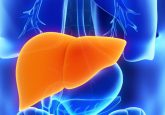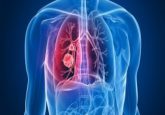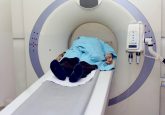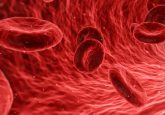Impact of a shortened surveillance interval on hepatocellular carcinoma survival
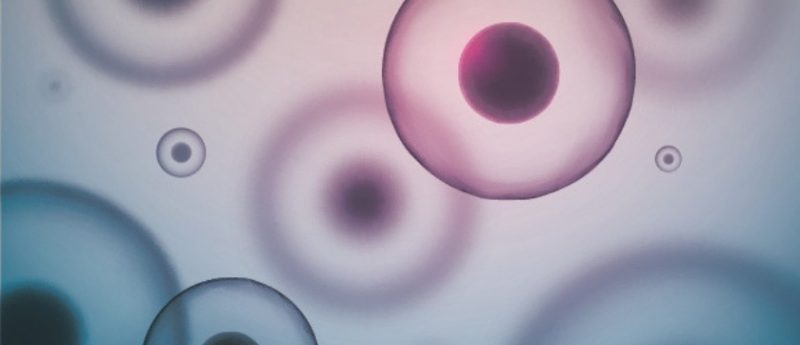
The surveillance of hepatocellular carcinoma (HCC), which has been a standard of care in the management of patients with chronic liver diseases, greatly contributed to the early detection of liver cancers amenable to curative treatment. Nonetheless, the current strategy for HCC surveillance does not seem to be ideal and the problems may mostly arise from the incompleteness of surveillance tools. As revealed by a study using the cohort of the HALT-C trial, the most common reason for identifying HCC at a late stage was an absence of detection despite adherence to surveillance, which clearly implies that better surveillance tools are required [1]. Ultrasonography (US) is a noninvasive, safe and easy-to-apply method in HCC surveillance, showing a sensitivity of 65–80% [2]. However, the performance characteristics of US becomes poor in obese patients or nodular cirrhotic livers. The role of adding serum α-fetoprotein (AFP) measurement complementary to US is still in debate between eastern and western countries. Unfortunately, a marked progress has not yet been made in terms of development or discovery of novel noninvasive imaging (or a serum biomarker) that could outperform US or AFP.
Click here to view full article.
